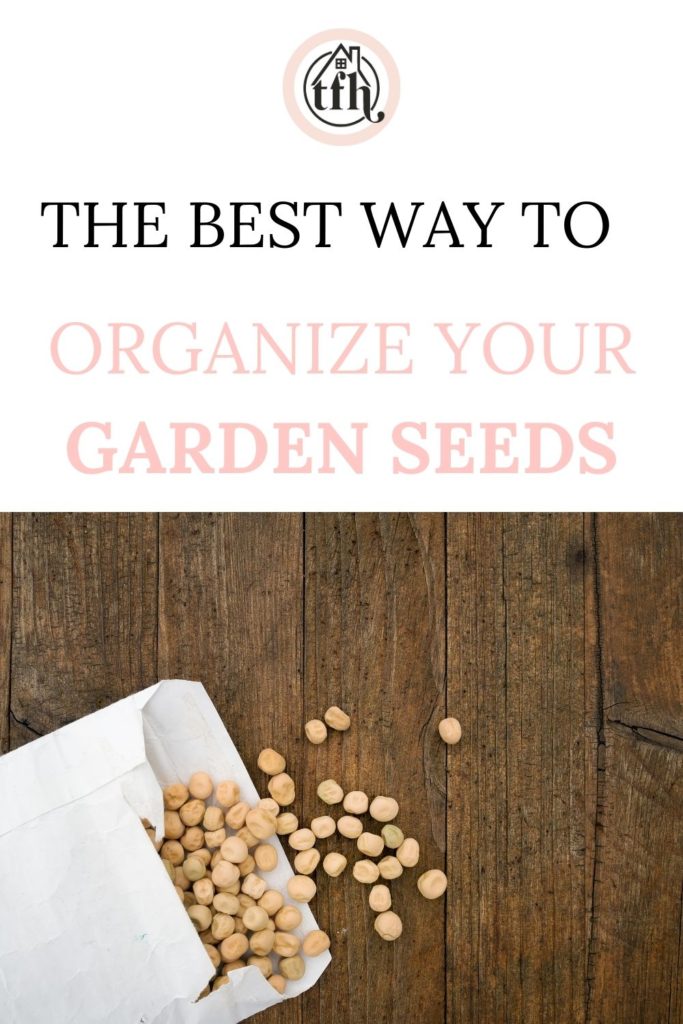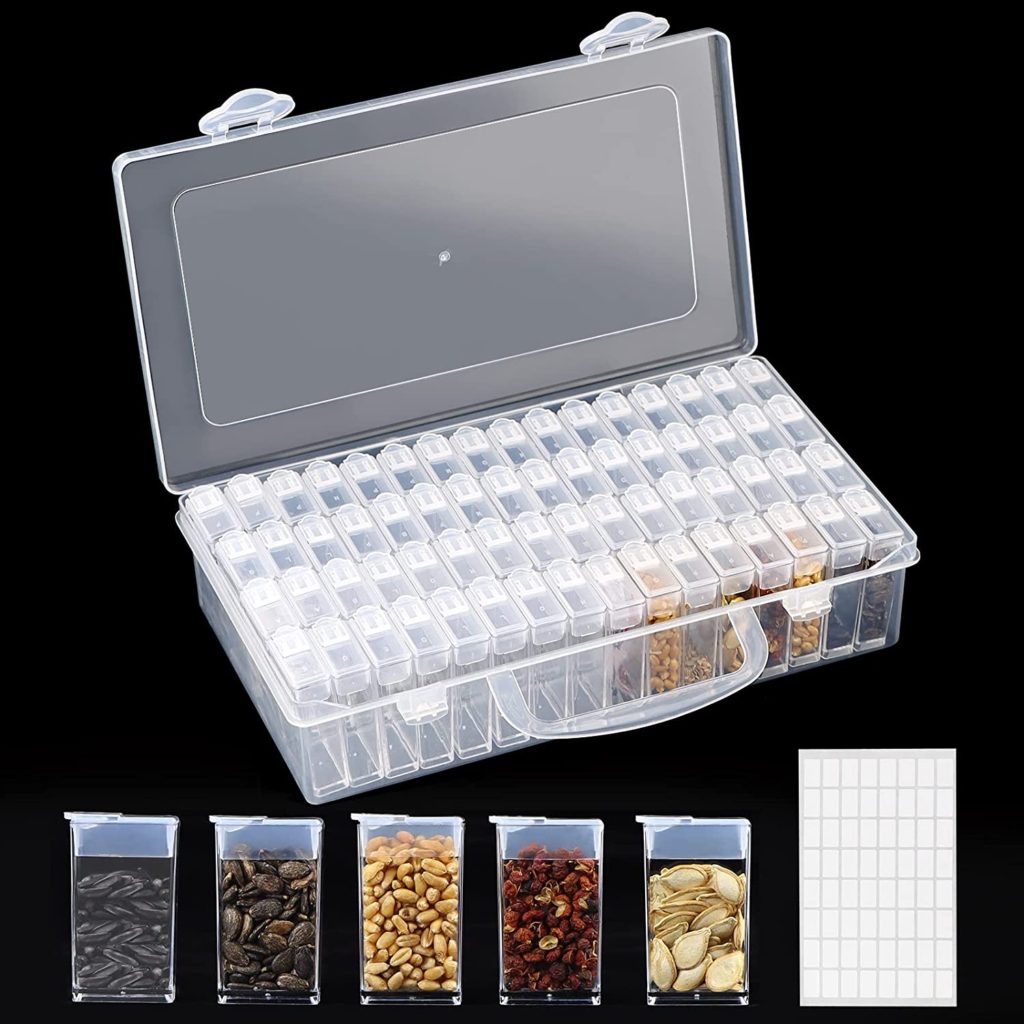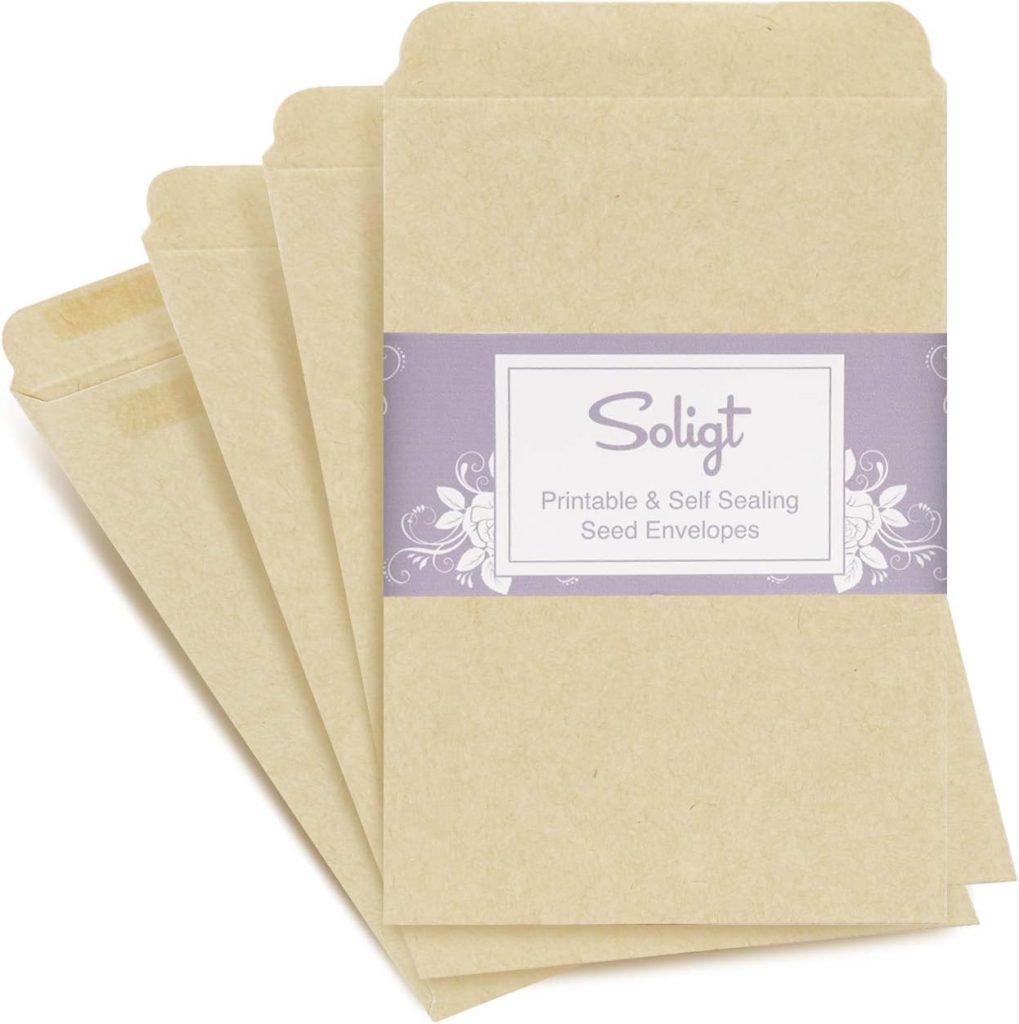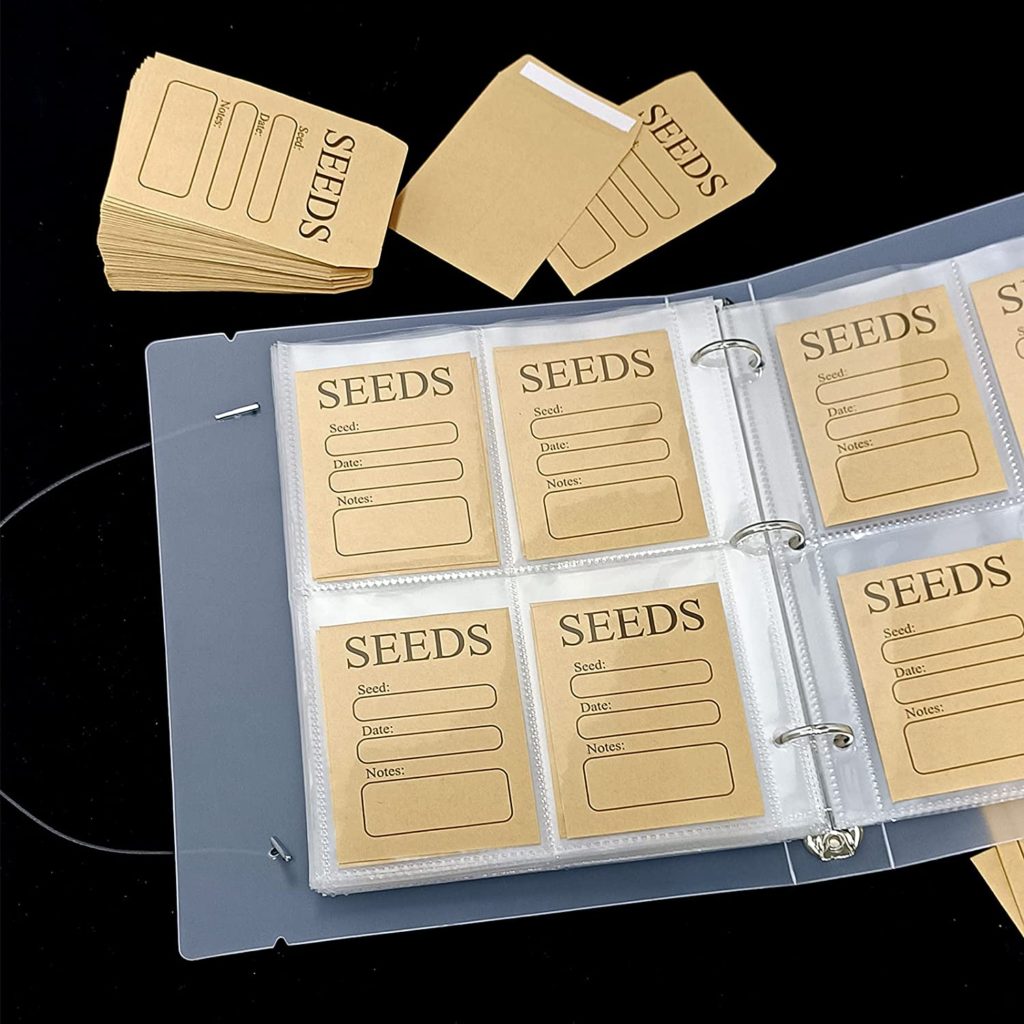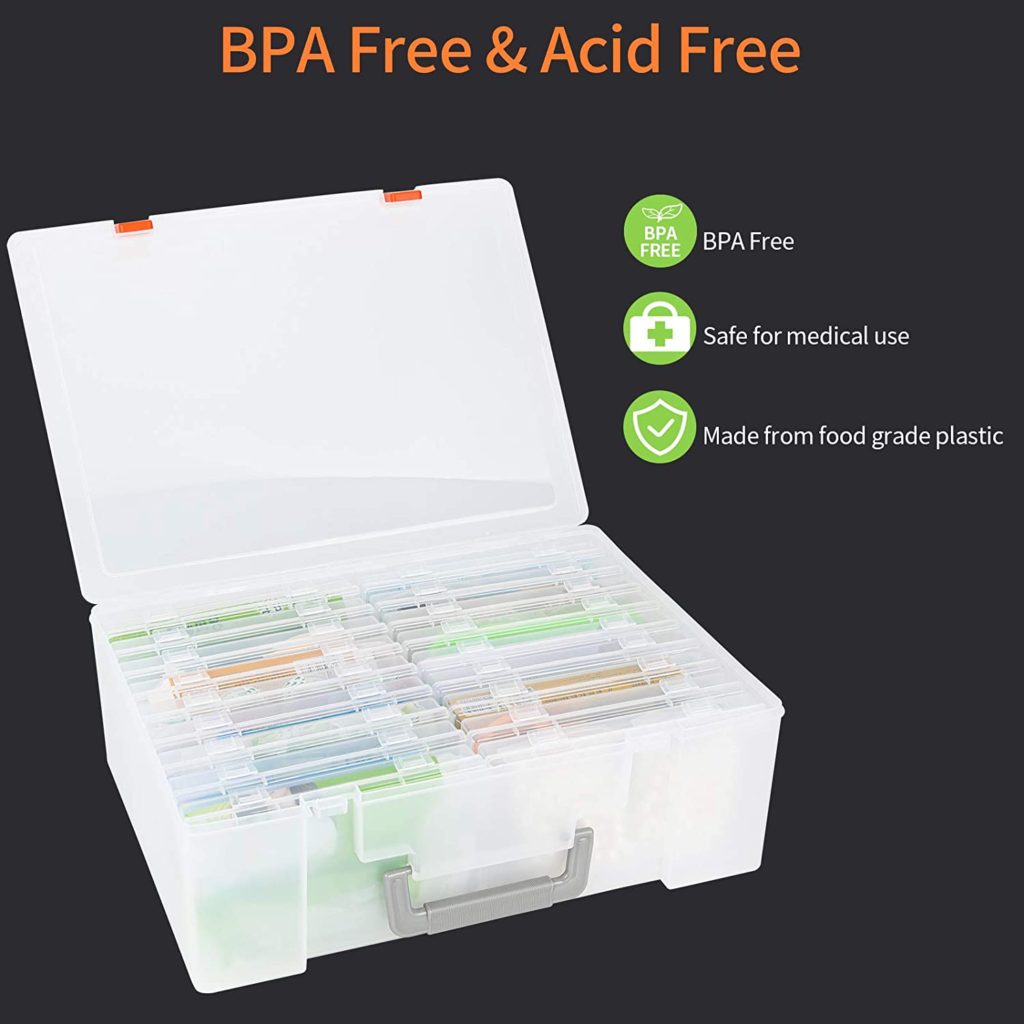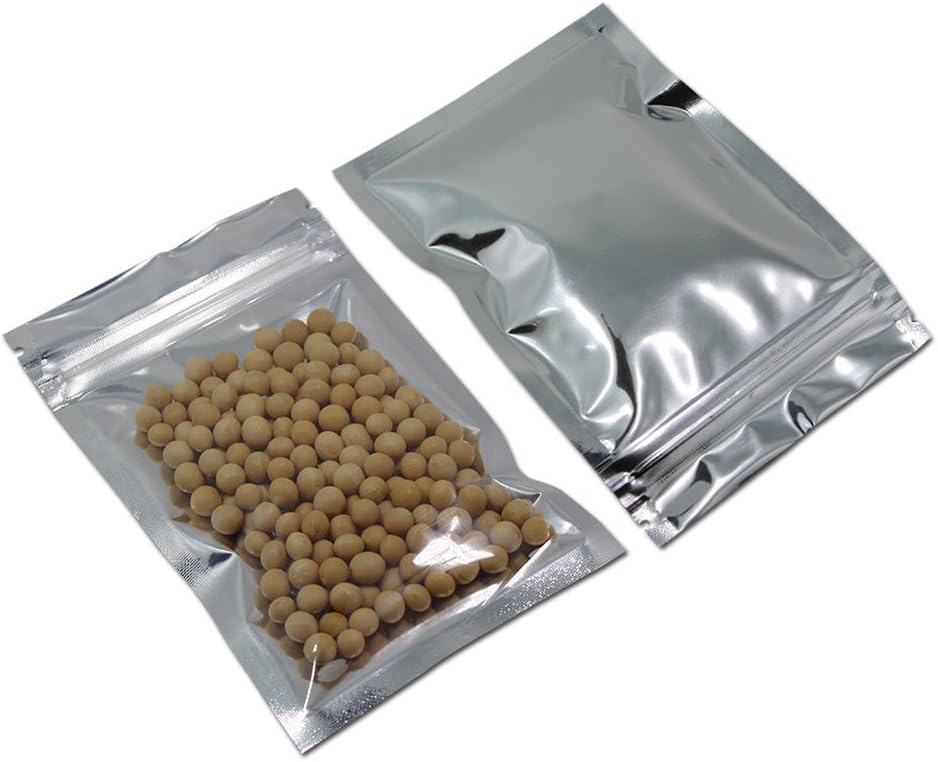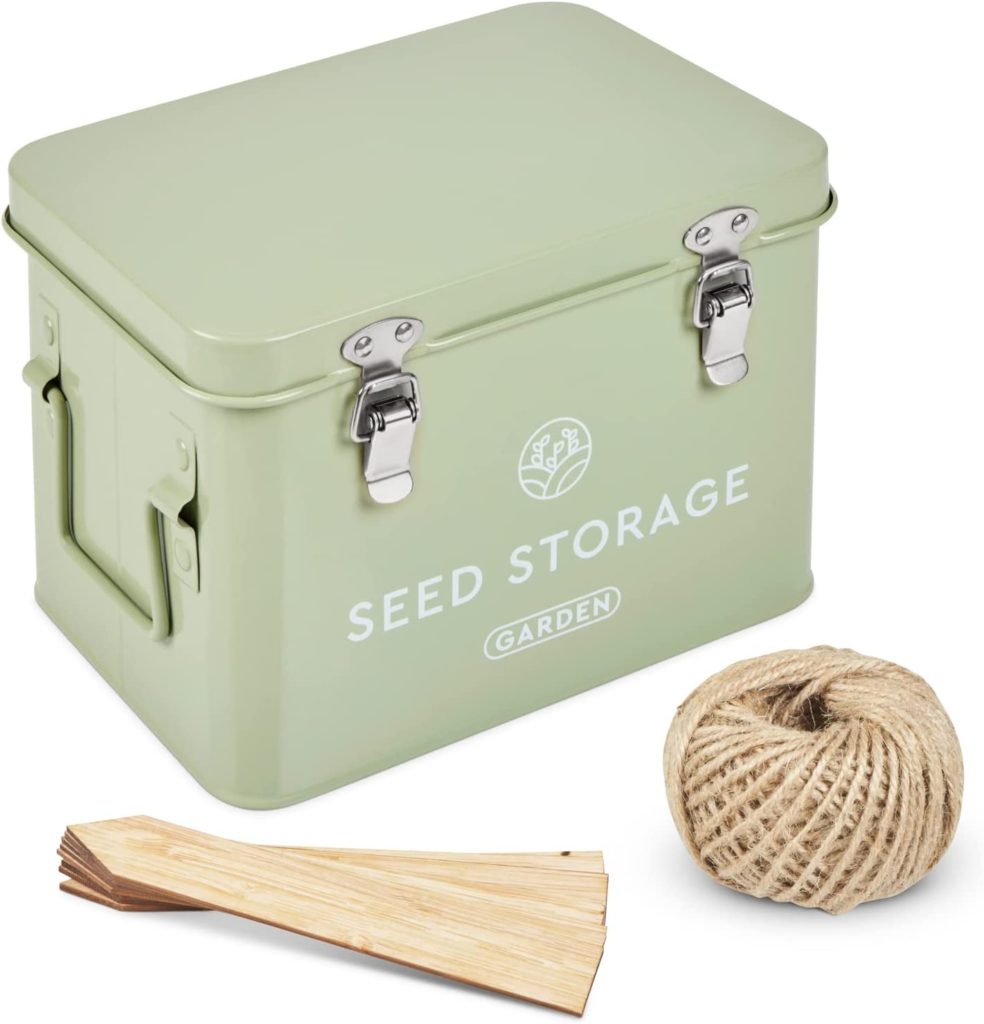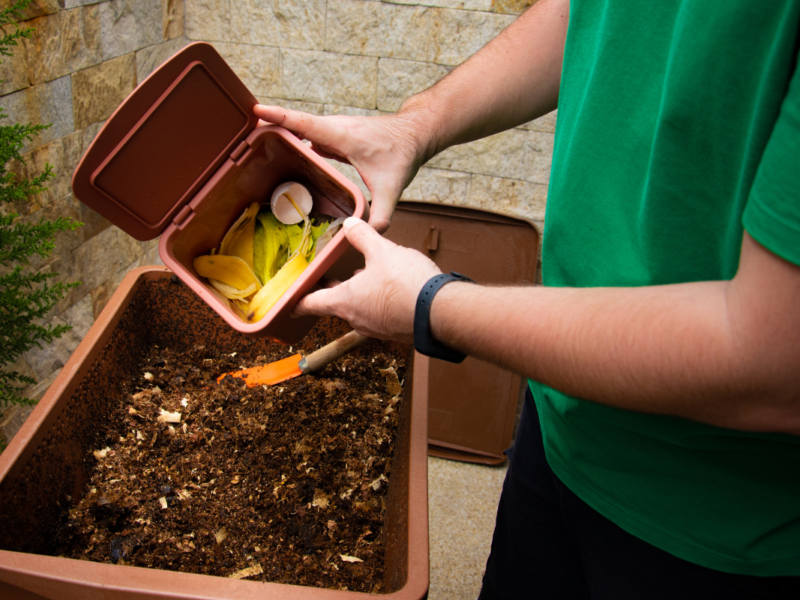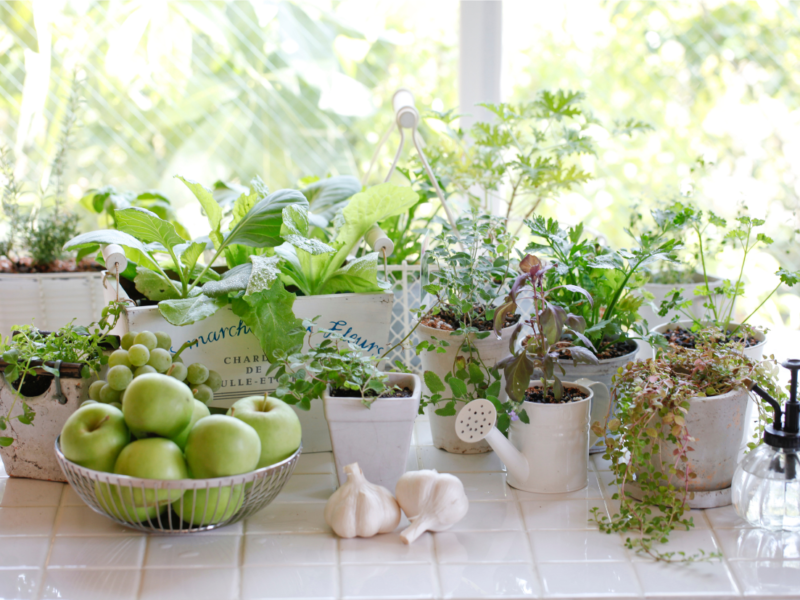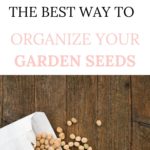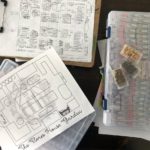As a gardening enthusiast, accumulating a collection of seeds is an exciting and essential part of planning your garden. However, keeping your garden seeds organized can sometimes be a challenge. If you need help locating the right seeds or maintaining an efficient system, this blog post is here to help! We will explore some of the best ways to organize and manage your garden seeds, ensuring easy access, proper storage, and a seamless gardening experience. Let’s dive in!
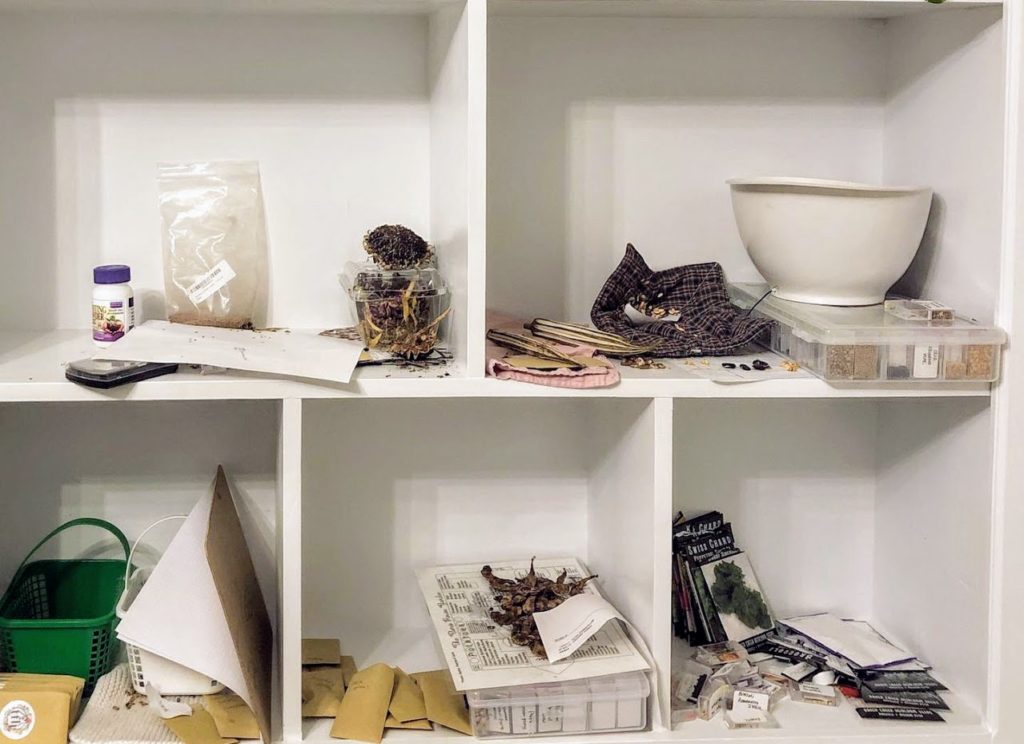
Seed Symphony: Brilliant Ways to Organize Your Garden
Most of us gardeners get excited for new seed catalogs to arrive in the mail! Planning a garden is so fun, but before you know it, you have more seeds than you know what to do with.
Finding a good way to keep it tidy will keep you from overspending on seeds, and it helps you remember everything you want to plant! Firstly, consider these tips to keep things in order.
Categorize and Label:
In order to have the successful garden you dream of, you must have things in order.
Start by categorizing your seeds based on plant types, such as vegetables, herbs, flowers, or fruits. Within each category, further divide the seeds into subcategories if necessary.
Utilize envelopes, small plastic bags, or seed storage containers to keep each group of seeds together.
Ensure you label each container clearly with the plant name, variety, and date of purchase or harvest. This categorization and labeling system will save you time and make it easier to locate specific seeds when needed.
Alphabetical or Numeric Order:
Consider organizing your seeds in alphabetical or numeric order within each category. This arrangement allows for quick referencing and eliminates the need to search through a disorganized collection.
Whether you sort seeds by plant name or assign them unique identifying numbers, find an order that makes sense to you and aligns with your gardening preferences.
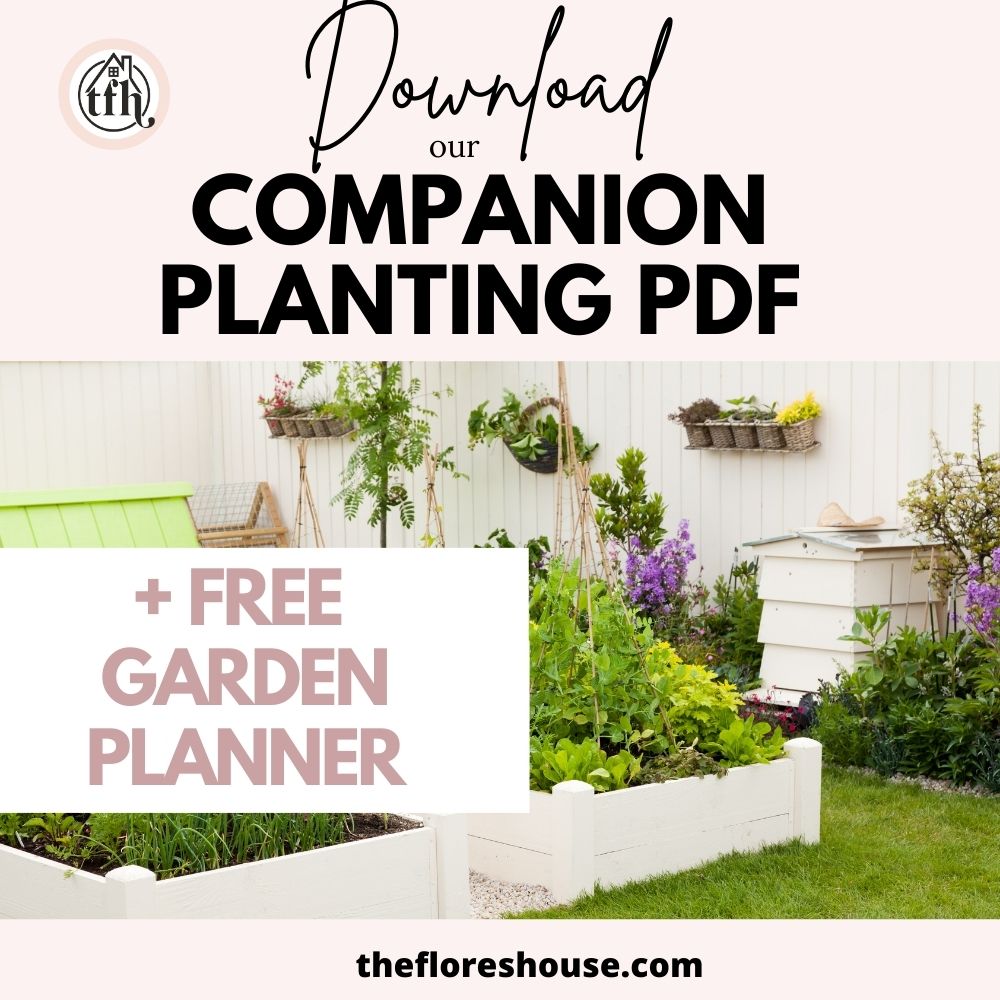
Utilize a Seed Catalog or Spreadsheet:
Consider maintaining a seed catalog or a digital spreadsheet to track your inventory. This tool lets you list all your seeds and their details, including the variety, purchase date, source, and any additional notes.
You can also include information on planting dates, germination requirements, and harvest times. A seed catalog or spreadsheet is a reference guide, helping you plan your garden and keep track of seed usage and replenishment.
Create a Seed Starting Calendar:
Create a seed starting calendar to stay organized and plan your planting schedule effectively. Note down the optimal planting dates for each type of seed, considering your local climate, frost dates, and the specific requirements of each plant.
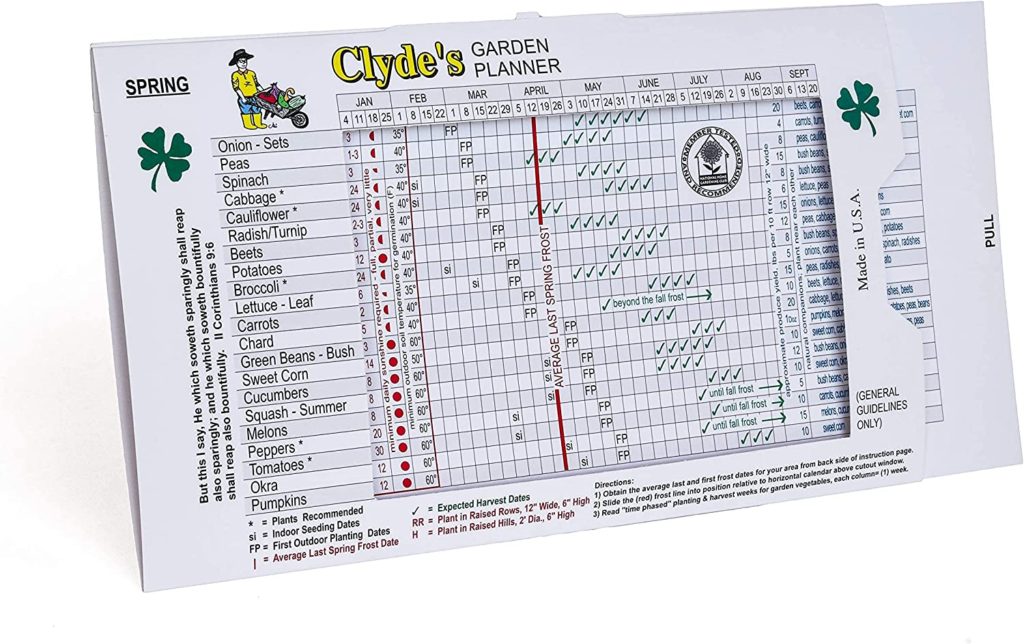
This calendar will guide you, ensuring you sow seeds quickly and avoid confusion or missed opportunities.
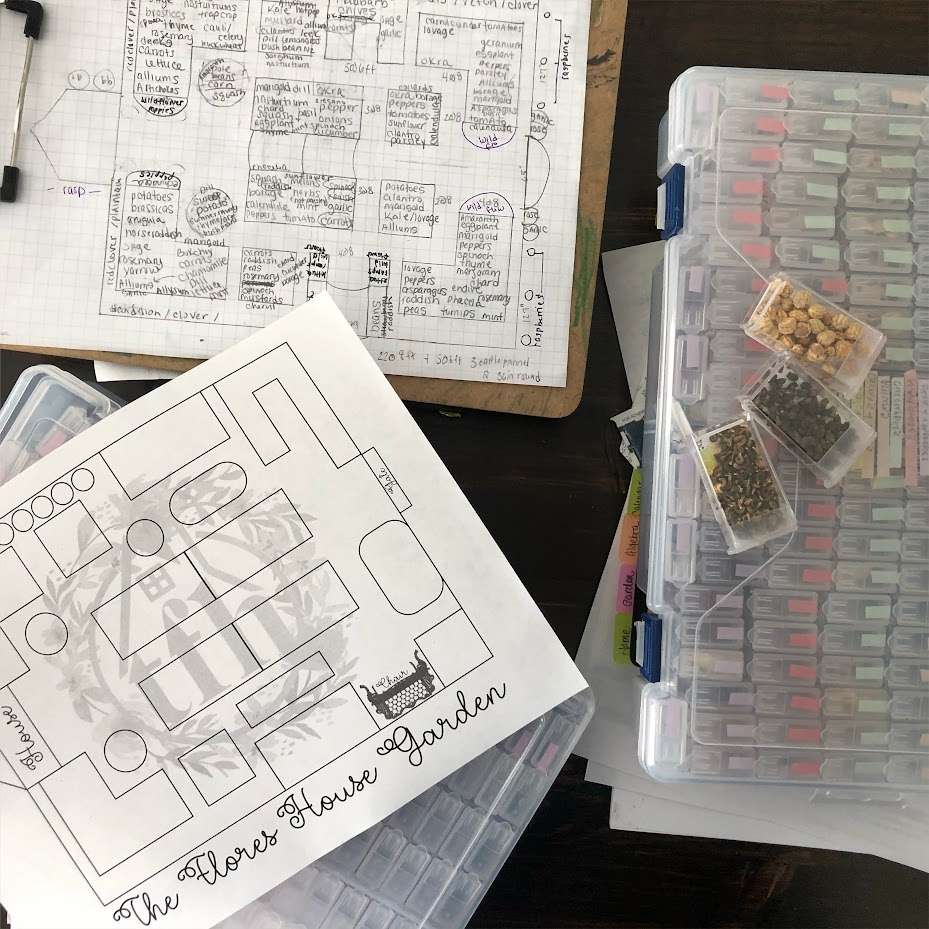
The Best Garden Seed Storage Containers
Seed storage boxes offer several advantages and disadvantages to consider. On the positive side, seed storage boxes provide a dedicated and organized space to keep your seeds. They often come with compartments or dividers, allowing you to keep organized.
These boxes are typically designed to protect seeds from light, moisture, and pests, extending their viability. Moreover, seed storage boxes are portable, making it convenient to bring your seeds along when attending gardening workshops or sharing with fellow gardeners.
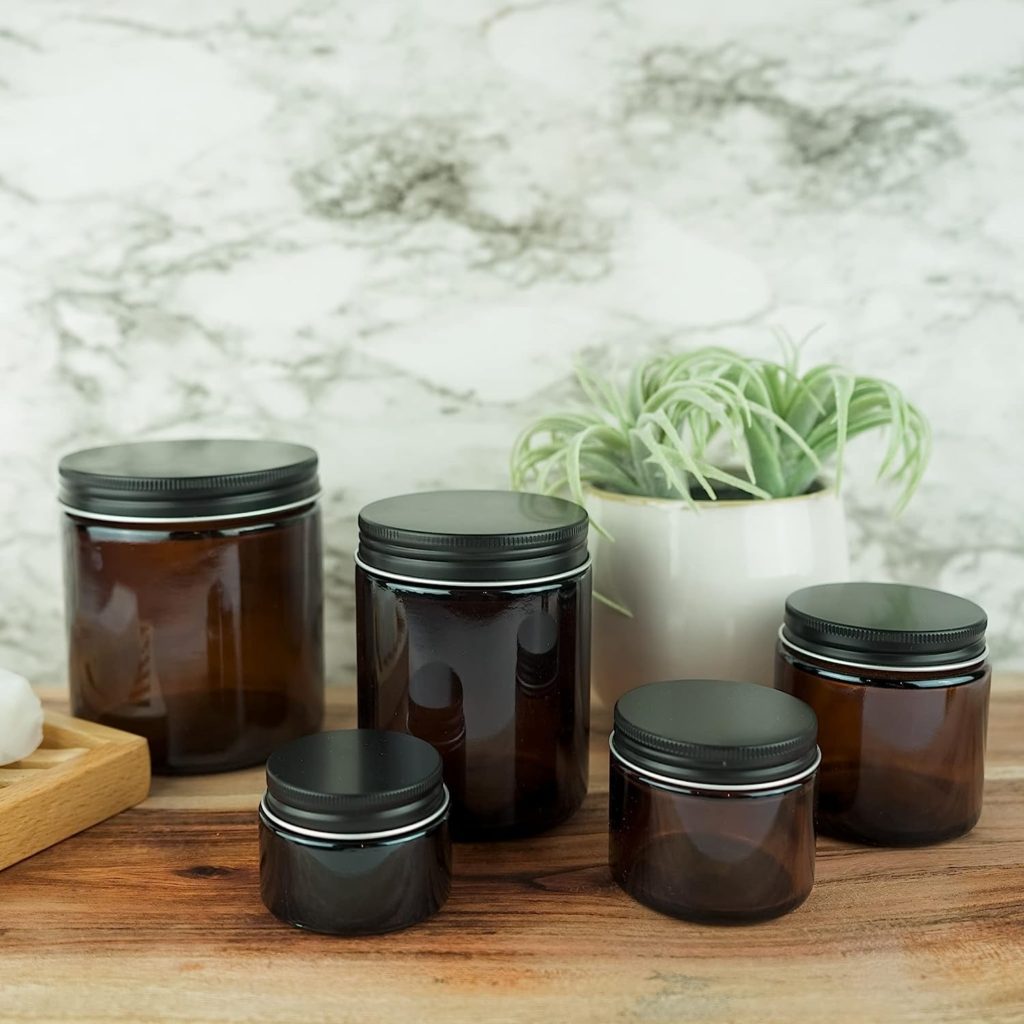
However, one potential downside is that seed storage boxes need more space. As your seed collection grows, you may need to invest in additional boxes or find alternative storage solutions.
Maintaining a consistent temperature and humidity inside the box can also be challenging, affecting seed longevity.
Therefore, it’s essential to choose a high-quality seed storage box and regularly monitor the storage conditions to ensure optimal seed preservation.
Proper Seed Storage:
Proper seed storage is crucial for maintaining seed viability. Keep seeds in a cool, dry, and dark place. Some gardeners prefer storing seeds in the refrigerator or freezer to extend their shelf life further.
If you freeze seeds, ensure they are adequately sealed in moisture-proof containers or bags to prevent moisture damage during thawing.
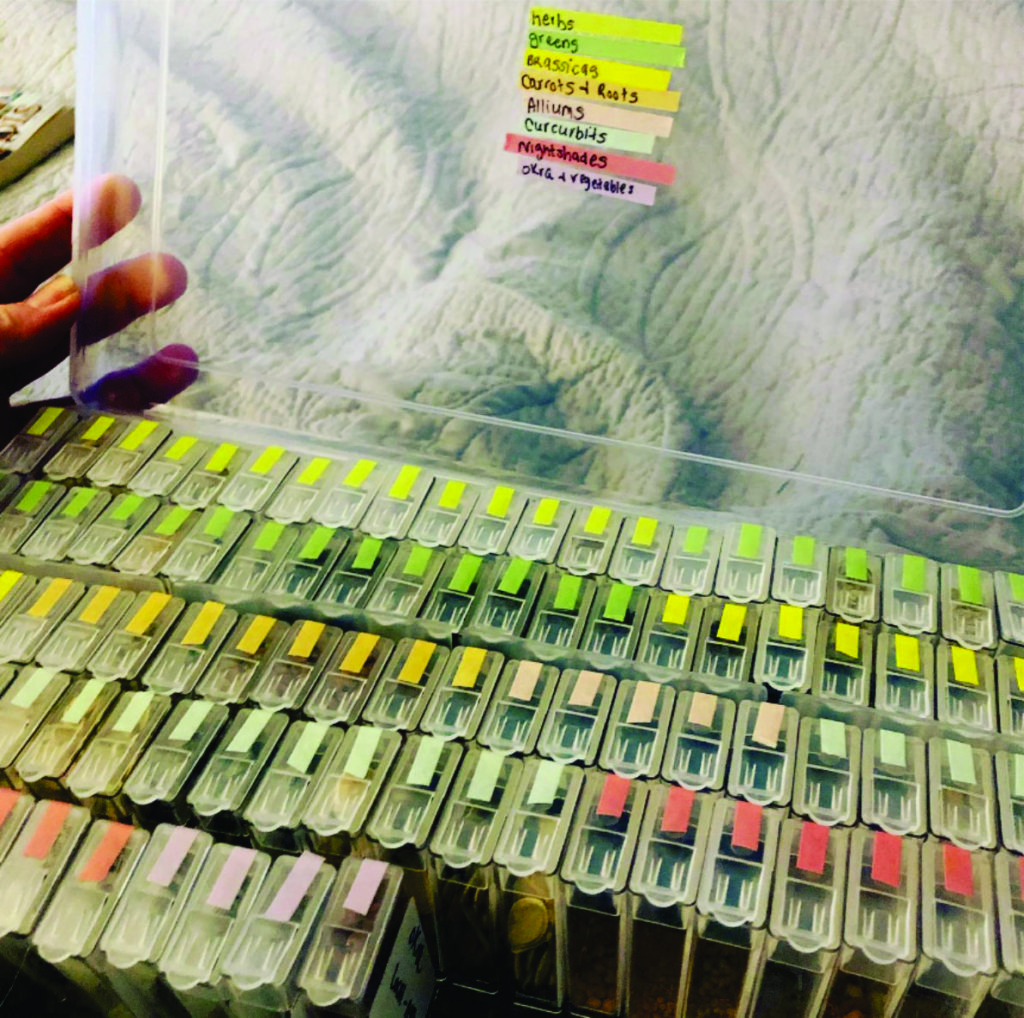
Seed Storage Containers:
It is best to Invest in seed storage containers or boxes designed specifically for seed organization. These containers often have compartments or dividers, allowing you to separate different types of seeds easily.
Look for durable, moisture-resistant containers with a tight seal to protect seeds from light, humidity, and pests. Using such containers keeps your seeds safe and organized and extends their viability.
By implementing these best practices for organizing and managing your garden seeds, you can streamline your gardening experience and enjoy a more efficient planting process.
There are several excellent seed storage containers available on the market. Here are a few popular options:
Seed Envelopes: Seed envelopes are a classic and cost-effective choice for storing seeds. These small paper envelopes often contain space for writing the seed variety, date, and other relevant information. They are lightweight, easy to label, and can be organized in larger storage boxes or trays.
Plastic or Mylar Air-tight Bags: Bags are another practical choice for seed storage. They provide airtight and moisture-resistant protection for seeds and allow easy visibility of the contents. You can label the bags using a permanent marker or attach adhesive labels.
Seed Storage Boxes: Seed storage boxes designed explicitly for seed organization are convenient. Some often come with multiple compartments or drawers, allowing you to categorize and separate different types of seeds. Look for sturdy boxes made of durable materials with a tight seal to protect the seeds from light, moisture, and pests.
Mason Jars: Mason jars are versatile containers that can be used for seed storage. They offer airtight protection and are visually appealing. Choose jars with tight-fitting lids and store them in a cool, dark place to maintain seed viability. We really love these amber jars since they can be stored on a shelf.
Seed Storage Tubes: Seed storage tubes are cylindrical containers designed explicitly for seed preservation. They provide a compact and secure storage option, protecting seeds from light, moisture, and pests. Some seed storage tubes even contain moisture-absorbing packets to maintain ideal humidity levels. They are cute for sharing seeds with your friends, too!
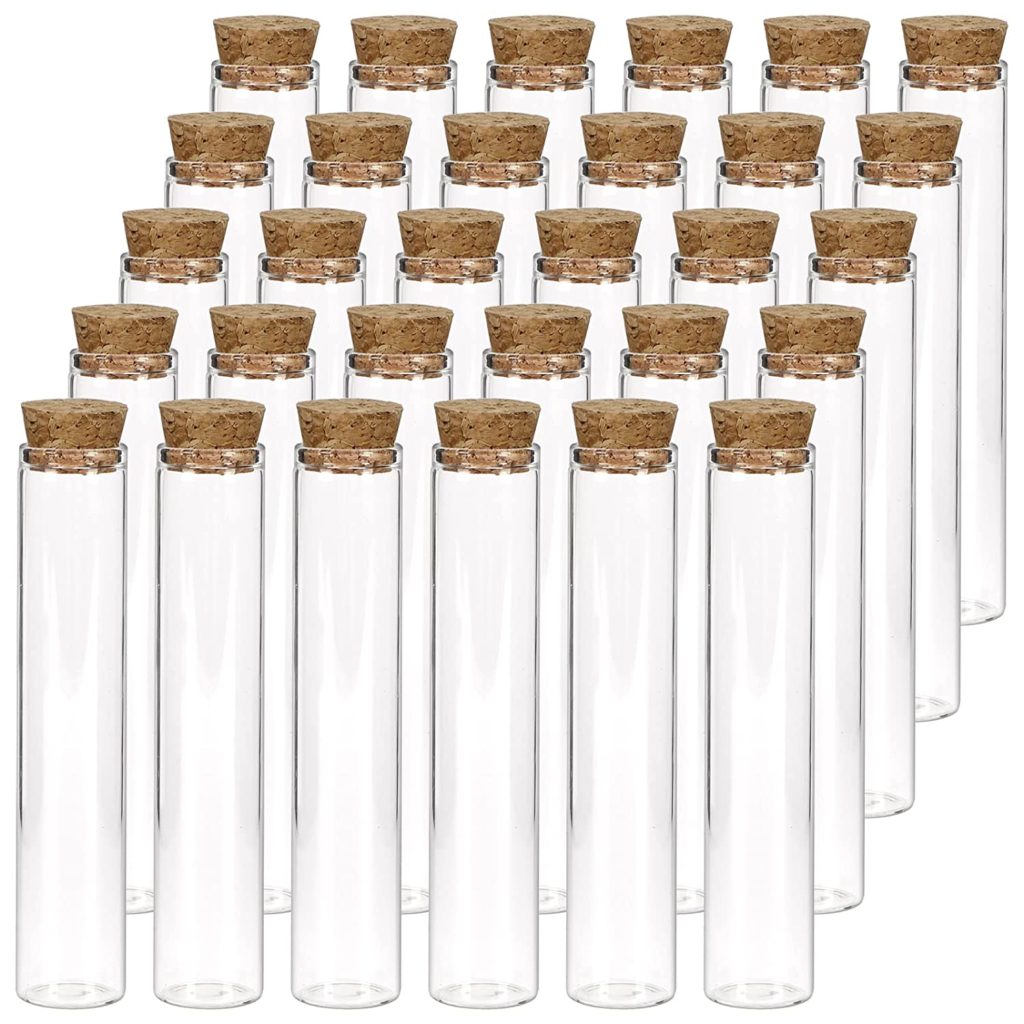
Seed Storage Systems: Seed storage systems, such as seed organizing racks or cabinets, offer a comprehensive solution for managing more extensive seed collections. These systems often include labeled drawers or compartments and may come with additional tools like seed packets, labels, and organizing accessories.
Choose containers suitable for your specific storage needs and the size of your seed collection. Consider factors like durability, moisture resistance, airtightness, and ease of labeling when selecting the proper seed storage containers for your gardening needs.
Categorizing and labeling, using alphabetical or numeric order, investing in seed storage containers, maintaining a seed catalog or spreadsheet, creating a seed starting calendar, and ensuring proper seed storage will contribute to an organized and successful gardening journey.
Remember, a well-organized seed collection saves time and effort and increases the likelihood of germination success. So, embrace these tips and start cultivating your dream garden confidently and efficiently! Visit our shop on your way out to see what kinds of heirloom veggies and flowers are available!
